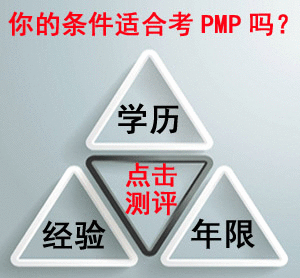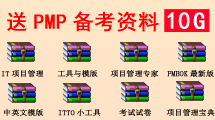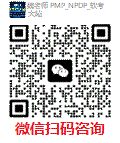PMP英文考試題及參考答案(47)
|
1 The person sending a message is NOT influenced by which of the following A sender's credibility B receiver's assumptions C receiver's evaluative and tendency D receiver's attitude and needs E sender's knowledge ans:C 2 Achieving effective upward communications in an organization requires that the sender consider which of the following: A entropy B position C the medium D A and B. E All of the above. ans:E 3 Five people are involved on a project that requires significant communication between all project participants. How many lines of communication exist on this project? A 5 B 6 C 8 D 10 E 9 ans:D 4 All the techniques described below can be used to keep a meeting focused except: A Recall agenda items/purpose of meeting B Summarize discussion periodically C Encourage pursuit of interesting new ideas D Rephrase unclear ideas presented by group members E All are acceptable techniques ans:C 5 All of the following statements define the role of a meeting chairperson except: A Initiates and concludes discussion B Controls irrelevant discussion C Resolves strong disagreements D Produces meeting agenda E Consolidates agreements. ans:D 6 The accounting head asks an assistant to cut the payroll checks today. The head later arrives to sign the checks, only to find that the assistant shredded (cut) the blank check forms. Which phrase best describes this lack of communication. A Bypass instruction B Faulty perception of reality C Bad attitude of listener D Lazy listening E Emotionalism ans:A 7 You have assembled your thoughts into a message. As you pass this information to a second party, you are giving this person your: A Input B Output C Data D Feedback E A and C ans:B 8 The process of interpreting a message is: A Decoding B Receiving C Encoding D Feedback E A and C ans:A 9 A project manager wants to transmit a complex message to several subordinates. What is the best medium by which the manager can get his message across? A Oral B Written C Nonverbal D A and B only E A, B, and C. ans:E 10 Your client, with which you have good relations, wants you to provide him with office supplies. This task is not supported under your contract. You respond to your client's informal request using which medium? A Speech B Written C Oral D A and C E Form letter ans:C 11 As project manager, you wish to impose a standard method by which subordinates calculate project costs. Which level of communication should be required for this effort? A Face-to-face B Telephone C Written D Non-verbal E All of the above should be required. ans:C 12 You are in a meeting with someone who just ate a slice of garlic bread. Your are distracted by his pungent breath. Which of the following communication barriers describe these distractions? A Sign Detection B Sensory Limitations C Selective Perception D Varying Alertness of Perception E None of the above ans:A 13 How much time does the typical project manager spend communicating (formal and informal)? A 40% - 60% B 30% - 70% C 60% - 80% D 75% - 90% E 25% - 55 % ans:D 14 The standard types of communication include all but A Written B Verbal C Telepathic D Nonverbal E None of the above ans:C 15 The sending or conveying of information from one place to another is the process of A Networking B Transmitting C Interacting D Promoting E Interfacing ans:B 16 In communications management, to assimilate through the mind or senses (as in new ideas) is the process of A Understanding B Communicating C Receiving D Decoding E Comprehending ans:C 17 Formal written correspondence is mandated in which of the following situations: A Product undergoes casual in-house testing B Client requests additional work not covered under contract C Project manager calls a meeting D B and C only E None of the above ans:B 18 Group brainstorming encourages all of the following except: A Team building B Uninhibited verbalization C Decision making D Analysis of alternatives E Convergent thinking ans:E 19 All of the following may hinder a person's ability to transmit/receive a message except: A Unfamiliarity with topic B Withholding information C Assuming D Noise E Preoccupation ans:A 20 The act of conducting or supervising the exchange of information is: A Consulting B Project Management C Communications Management D Communications Enhancement E None of the above ans:C |




